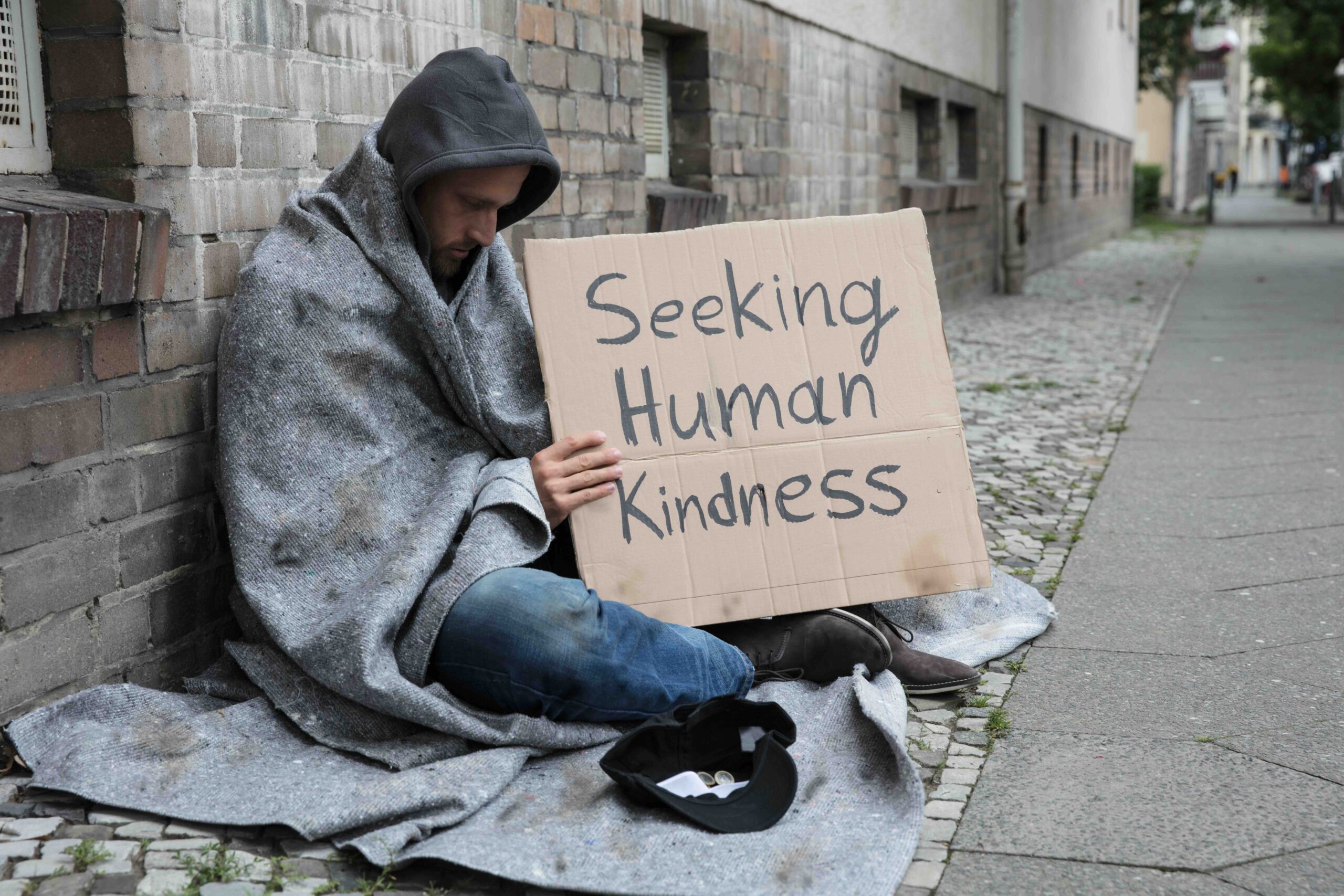It is often claimed that mental illness is a primary cause of homelessness, and that most people who are homeless have a mental illness. Many of us nod our heads at this apparently obvious truth. You do not have look too far down Melbourne’s lanes to see examples of homelessness and people who are mentally ill.
But mental illness is not the primary cause of homelessness in Australia. A complex range of social, economic and health factors may cause homelessness. We cannot dismiss homelessness as simply the unfortunate consequence of a mental illness.
We need accurate statistics on the prevalence of mental illness among people who are homeless. Accurate statistics help to determine the type of support services that may be required for people who are homeless. However, there are currently no reliable estimates of the prevalence of mental illness among people who are homeless.
Research from America and Western Europe provides widely divergent results. Studies show that the prevalence of psychotic illnesses among people who are homeless ranges from somewhere between 3 and 42 per cent. In Australia, the statistics are equally confusing.
A more recent study by social researchers at RMIT in Melbourne found the incidence of a mental illness was much lower. They found that 15 per cent had a mental illness before becoming homeless. Interestingly, they found 16 per cent developed a mental illnesses following homelessness.
The discrepancy in the statistics may be due to the definition of a “mental illness”. Clinical studies cited above used a broad definition of mental illness, which included people with a dependency on alcohol and other drugs. Some argue that categorising people with a dependency on alcohol and other drugs as “mentally ill” inflates the statistics.
Another explanation for the discrepancy in the statistics concerns the level of rigour in the research design. For example, one study asked people who were homeless if they have felt “down”, “depressed” or “anxious” in the past four weeks. Is it surprising that many people who were homeless answered “yes”?
This lack of reliability in the statistics on mental illness and homelessness has serious implications for policy and support services. For example, support services that focus on people with a mental illness may not meet the needs of those people who suffer from a dependency on alcohol and other drugs, and vice versa. My research with young people who have both a mental illness and substance abuse issues (a “dual diagnosis”) highlighted significant differences between mental health and alcohol and drug services. The type of support – medical, social, economic – made a difference.
If we accept the claim that most people who are homelessness have a mental illness, we may overlook the complex range of social and economic factors that may also cause homelessness. These social factors include poverty, gaps in the social security safety net, high levels of unemployment, a poor supply of affordable housing for people on low incomes, problem gambling, family breakdown and domestic violence. Youth homelessness is another major problem facing Australia. Homelessness among young people is strongly linked to relationship and family breakdown, domestic violence, physical and emotional abuse, sexual assault, unemployment, and substance abuse.
A range of services are required to address these complex issues. While we all want to see better support for people with a mental illness, it is important to remember that causes of homelessness in Australia are primarily a social and economic issue. Policy therefore needs to address socio-economic, political, environmental, cultural and health factors that may contribute to homelessness.
The RMIT study cited above suggests a “chicken and egg” relationship between homelessness and mental illness – in some cases mental illness contributed to a person becoming homelessness; in others homelessness caused a mental illness. This suggests that preventing homelessness may be one way to reduce the incidence of mental illness.
All statistics aside, common sense suggests that improved access to housing would have a significant impact on the prevalence of both physical and mental illnesses. To use medical jargon, having a home is a preventative health care measure.
It is also important to remember that many of us with a mental illness are not living on the streets. Instead, we are living happy and productive lives – in our own homes.
First published in The Age on 25 February 2011
